Going viral on social media is often seen as the holy grail for content creators. The definition of “viral” can vary by platform, but generally, it refers to content that experiences a rapid increase in views, engagement, and shares.
But let’s take a look!

Answer: Going viral means getting significant engagement in a short period of time, such as getting lots of likes and comments in ~2 hours.
Factors influencing virality include trends, relatability, engagement, and the quality of the content itself.
Viral content refers to any piece of media—such as a video, image, or post—that rapidly spreads across the internet through extensive sharing, reaching a vast audience within a short period.
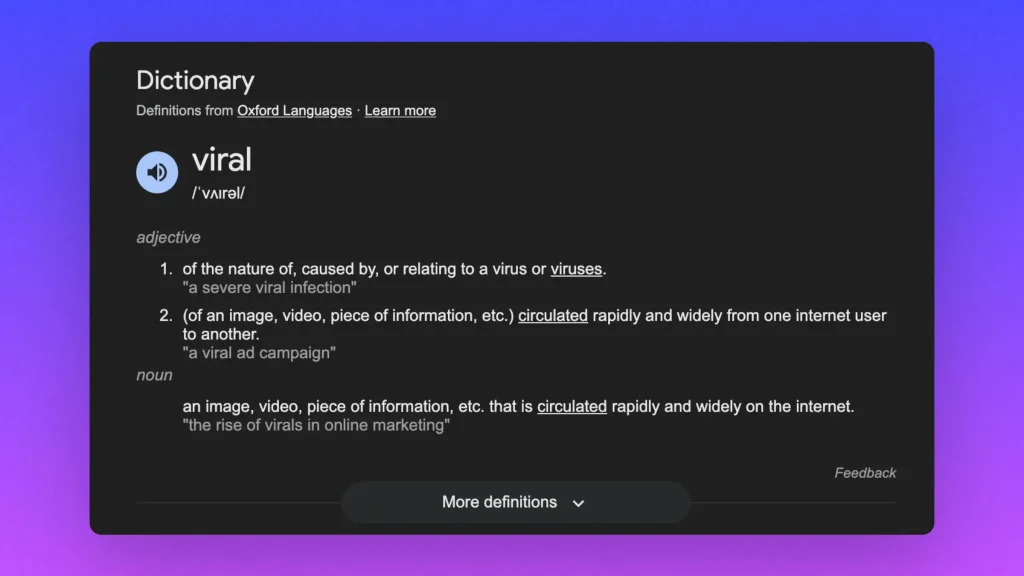
This type of content typically resonates widely because it evokes strong emotions, humor, relatability, or surprise, prompting viewers to share it with others, often leading to exponential growth in views and engagement across platforms.
Read more: “VIRAL” in the Cambridge Dictionary.
In online marketing, going viral refers to a piece of content (like a video, post, or image) spreading rapidly across the internet, reaching a vast audience in a short period. Viral content typically gains traction through shares, likes, comments, and other forms of user engagement that propel it across social media platforms, email, and even beyond the original platform.
Here’s what “going viral” means practically:
Going viral can boost brand visibility, engagement, and sometimes lead directly to sales, making it a powerful but unpredictable tool in digital marketing.
On TikTok, a video can be considered viral with around 100,000 views or more. This platform’s algorithm can quickly amplify content, especially if it resonates with current trends.
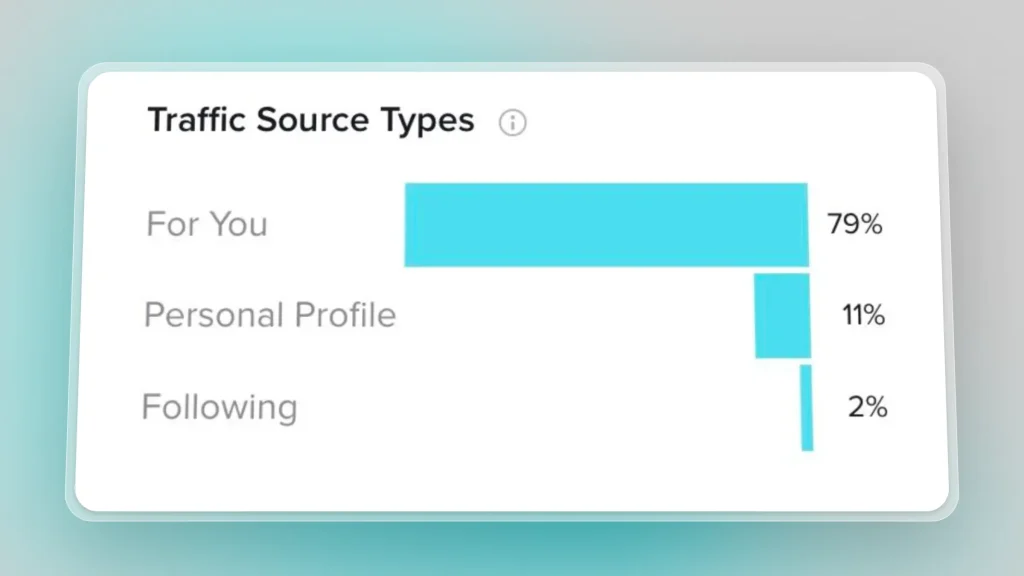
Keep Learning: How to go viral on TikTok.
For Instagram, a video is often deemed viral with 50,000 views or higher. The platform rewards content that prompts engagement, such as likes, comments, and shares.
Keep Learaning: Best times to post Reels.
On YouTube, a video might go viral with around 1 million views or more. The platform’s algorithm promotes content based on watch time, clicks, and engagement.
Keep Learning: How to go viral on YouTube.
YouTube Shorts can go viral with approximately 100,000 views. Shorts’ algorithm allows for quick consumption and sharing, boosting the potential for virality.
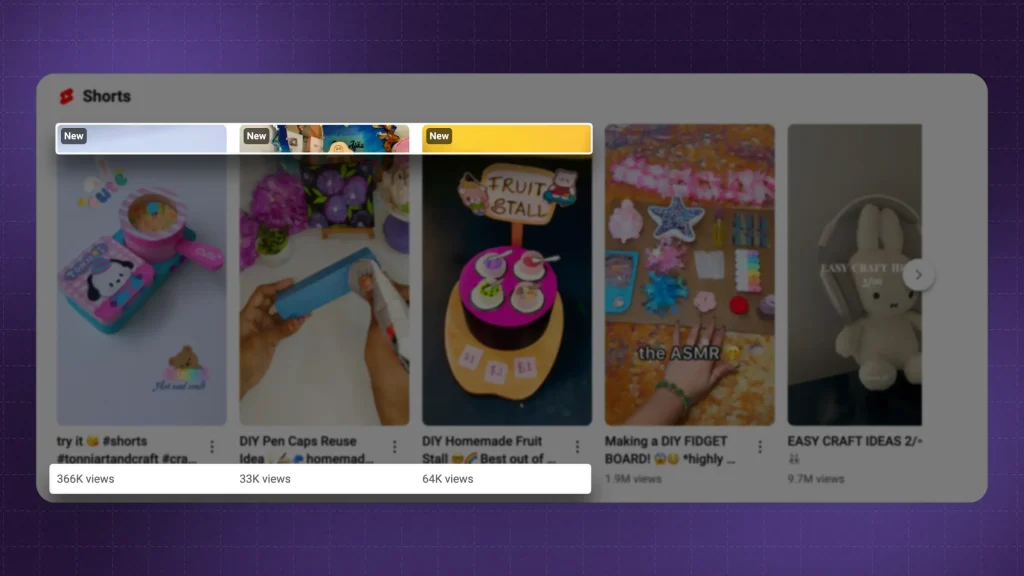
Keep Learning: Best time to post YouTube Shorts.
On Facebook, a video is often considered viral with 500,000 views or more. The platform prioritizes content that generates comments and shares, making engagement crucial.
Keep Learning: Best time to post Facebook Reels.
For Snapchat, a story or video can be viewed as viral with around 100,000 views. Snap’s ephemeral nature means that engaging content can quickly spread among users.
On X (formerly Twitter), a post can be considered viral with 10,000 retweets or likes. While not strictly based on views, engagement metrics play a significant role in determining virality.
Understanding what constitutes viral content across different platforms can help creators strategize their posts. Focus on producing engaging, shareable content tailored to each platform’s audience and trends.
Content often goes viral when it’s highly relatable, emotionally impactful, or surprising, sparking strong viewer reactions like laughter, awe, or empathy.
Easy sharing, catchy visuals, and aligning with current trends or challenges also boost its viral potential by encouraging users to spread it quickly across platforms.
Content that reflects common experiences or challenges resonates with a wide audience, making viewers feel understood and encouraging them to share.
Videos that evoke strong emotions—like laughter, inspiration, or nostalgia—tend to capture attention and prompt reactions, increasing engagement and shareability.
Incorporating surprises or twists keeps viewers hooked, making them more likely to share with others to see their reactions.
Participating in trending challenges, hashtags, or topics connects your content with ongoing conversations, increasing visibility and engagement with trend-followers.
Crisp visuals, dynamic editing, and engaging intros quickly capture attention in a crowded feed, drawing viewers in for longer watch times.
Find out the best hooks for Shorts and the 14 best hooks for TikTok.
Content that invites viewers to react, comment, or join a challenge builds a community feel and motivates users to share or recreate it, amplifying reach.
Posting at peak times and on platforms where your audience is most active increases the chances of your content gaining initial traction, which is essential for virality.

Viral content reaches a massive audience quickly, exposing your brand to people who might not otherwise find it.
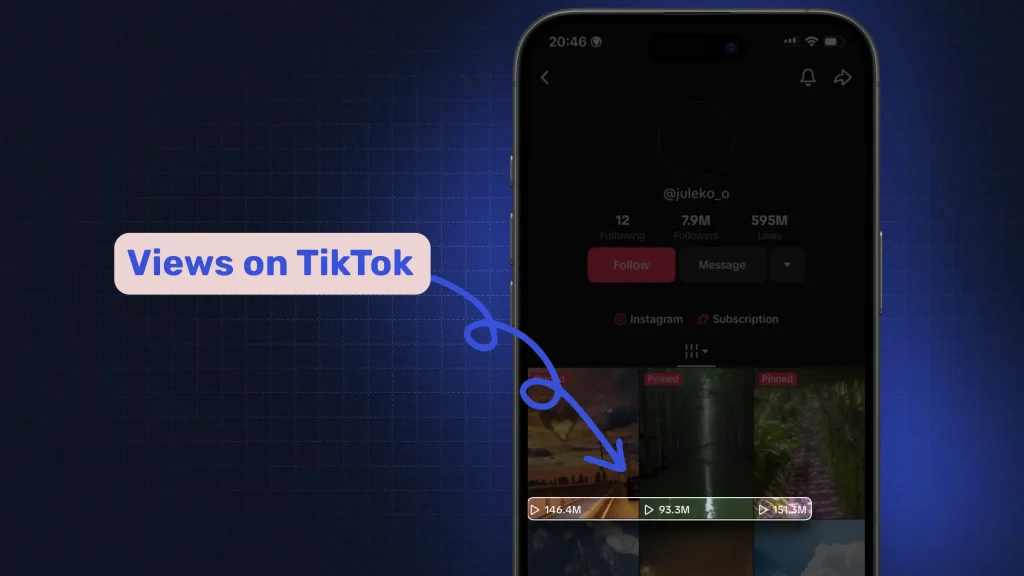
This broad reach helps to:
Viral content attracts attention from new audiences, leading to:
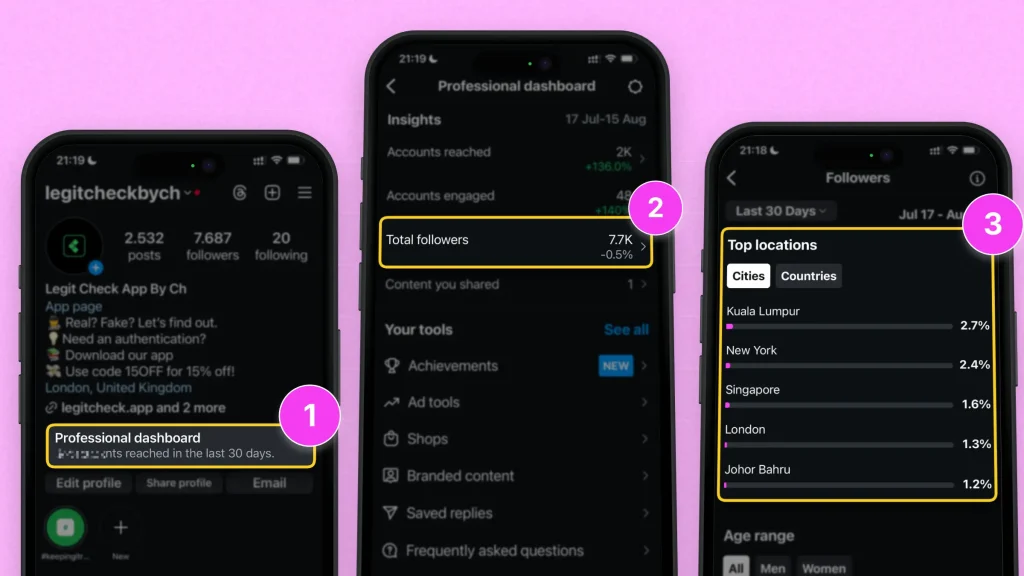
Viral posts generate higher levels of likes, comments, and shares, which benefits your profile by:
By linking to your website within viral content or profiles, you can direct users to your website, which helps:
Viral content provides organic reach without heavy ad spending, making it an affordable growth tool by:
When your audience sees relatable, engaging content, it fosters trust in your brand, leading to:
A strong viral presence sets you apart from competitors and can make your brand more recognizable. This advantage translates to:
Going viral can significantly boost visibility, helping content creators, brands, or individuals reach a much larger audience than through regular posts.
Viral content can lead to more followers, increased engagement, and improved brand recognition, opening doors for collaboration, sponsorships, and monetization opportunities.
Additionally, viral reach can create long-lasting credibility and establish a strong online presence, which is especially valuable in crowded digital spaces.
SendShort is the perfect tool for creating videos with viral potential. Its features make it easy to produce engaging, high-quality content that stands out and resonates with audiences.
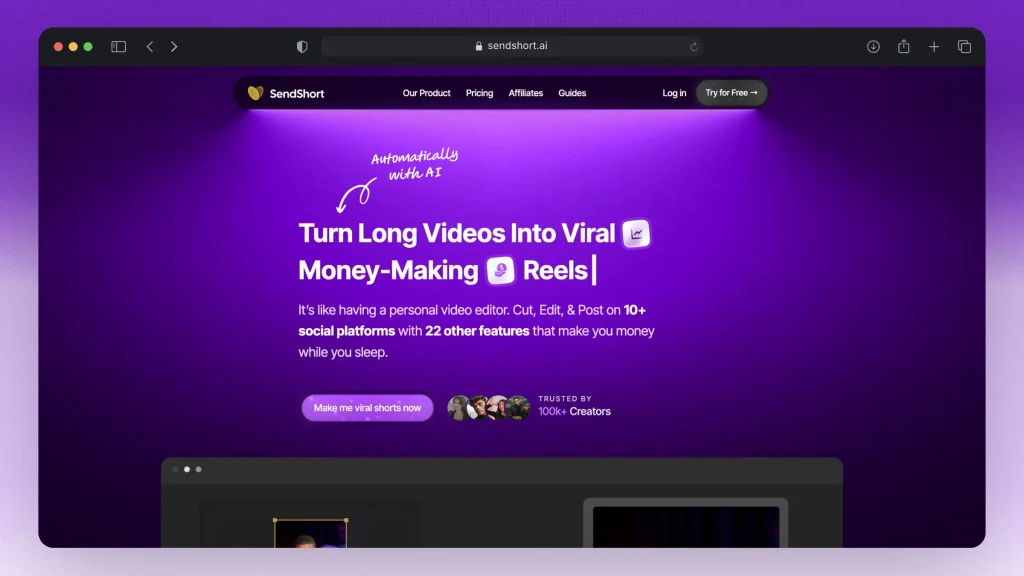
Here’s how SendShort helps you craft videos ready to go viral:
With SendShort, you can create dynamic, engaging videos that capture viewers’ attention and increase the likelihood of going viral.

The quickest way to go viral is to create short, highly engaging content that taps into current trends, evokes strong emotions, and encourages sharing or participation.
Posting at peak times on platforms popular with your target audience also boosts initial reach and engagement.
Whether 10,000 views are considered viral depends on the platform and the context of the content.
In summary, while 10,000 views can be impressive and may indicate a viral moment for some creators or platforms, it’s not universally recognized as “viral” across all contexts.
While 20k views can indicate strong engagement, it’s not typically considered “viral” on larger platforms like Instagram or TikTok, where viral content often reaches hundreds of thousands or even millions of views.
However, for smaller accounts or niche topics, 20k views can still be impressive and impactful.
Thanks a lot for reading this,
David Ch
Head of the Editing Team at SendShort